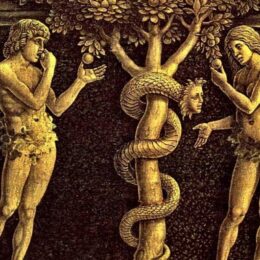Acton Institute Anthony B. Bradley August 23, 2006
[ … ]
The facts tell a powerful story: When the poor are invited to live as people with dignity, within structures of liberty, they will usually do so. Since the 1996 reforms child poverty has plummeted. Some 1.6 million fewer children live in poverty today than in 1995.
Poor black children have enjoyed the greatest decreases in poverty. After the early 1970s, reductions in black child poverty had stagnated. Since 1995, however, the poverty rate among black children has fallen at an unprecedented rate—from 41.5 percent to 32.9 percent in 2004. By 2001, black child poverty had fallen to 30 percent, the lowest point in American history. Over a six-year period after welfare reform, 1.2 million black children were liberated from poverty. Although recent economic corrections have slightly increased black child poverty, the rate remains about one-fifth lower than in the period prior to reform.
Unprecedented declines in poverty also occurred among children of single mothers. After 1996, the poverty rate for children of single mothers fell dramatically from 50.3 percent in 1995 to 41.9 percent in 2004. Since 1996, the employment rate of the most disadvantaged single mothers increased from 50 percent to 100 percent. Employment of single mothers who are high school dropouts rose by two-thirds, and employment of young single mothers (ages 18 to 24) nearly doubled. As mothers found employment, child poverty decreased.
Additionally, welfare caseloads have been cut in half, dropping from 4.3 million families in 1996 to 1.89 million today. The explosive growth of out-of-wedlock births has nearly halted. As the policies of the “War on Poverty” discouraged fatherhood, the out-of-wedlock birthrate went from 7.7 percent in 1965 to 32.2 percent 1995. However since 1996 (and for several reasons besides welfare reform), the long-term rapid growth in the out-of-wedlock birth rate faltered.
Having a good economy alone did not produce these results. Remember, critics objected that the changes would hurt the poor during the good economy of the late 1990s. However, when the government finally began to recognize the poor people are not “white trash” or any other form of “it” but are real people capable of independent thinking, caring for their own families, making decisions formed by what is best, and given a chance to succeed, these results were inevitable.
. . . more



